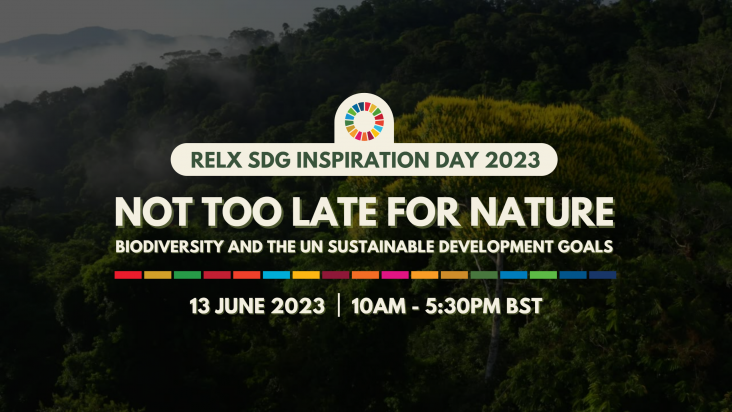The main idea of this work is: To provide a brief review of India's capability for the deployment of carbon capture, utilization, and storage technology on a large scale.
This chapter aligns with Goal 11: Sustainable cities and communities by adressing methods and regulations for reducing pollution, waste management, traffic, resource utilization, and energy consumption, as well as assuring public safety, a good standard of life, environmental sustainability, and cost management.
This One Earth Primer article explains the current understanding of how social norms can modulate more sustainable behaviors. The implications are relevant for progress on many of the SDGs, especially 11 (sustainable communities) and 13 (climate action).
Air conditioning is a vital, though problematic, adaptation to climate change and increasing urban heat. Increasing access to air conditioning is needed for human health (SDG 3) in heat-vulnerable regions, though the sustainability depends on innovation and clean energy infrastructure making the contributions to SDG 11 (sustainable cities and communities) both positive and negative for different indicators. This One Earth research explores what demographic factors are associated with air conditioning uptake.
This study investigates three Mediterranean coastal lagoons to study harmful algae and pathogens on plastic debris.
This study sheds further light on the human population history of the northern Pacific Northwest Coast

Register today for the ninth RELX SDG Inspiration Day - a free, online event for thought leaders, corporate representatives, students, investors, government and NGOs to explore issues, gain practical insights and be inspired to take action in support of the UN Sustainable Development Goals.
This review will spur more investigations on microplastic ingestion in historical specimens to establish reference points and determine temporal trends for microplastic pollution of the environment.
This study is a long-term monitoring study in which inter-seasonal relations are established. Thus, the spread of MP pollution in the region during the year was provided by an important bio-indicator.
This study provides significant information on the occurrence and composition of MPs in the Tampico beach, in addition, we compared the abundance of MPs of this study with similar studies from different parts of the world.
